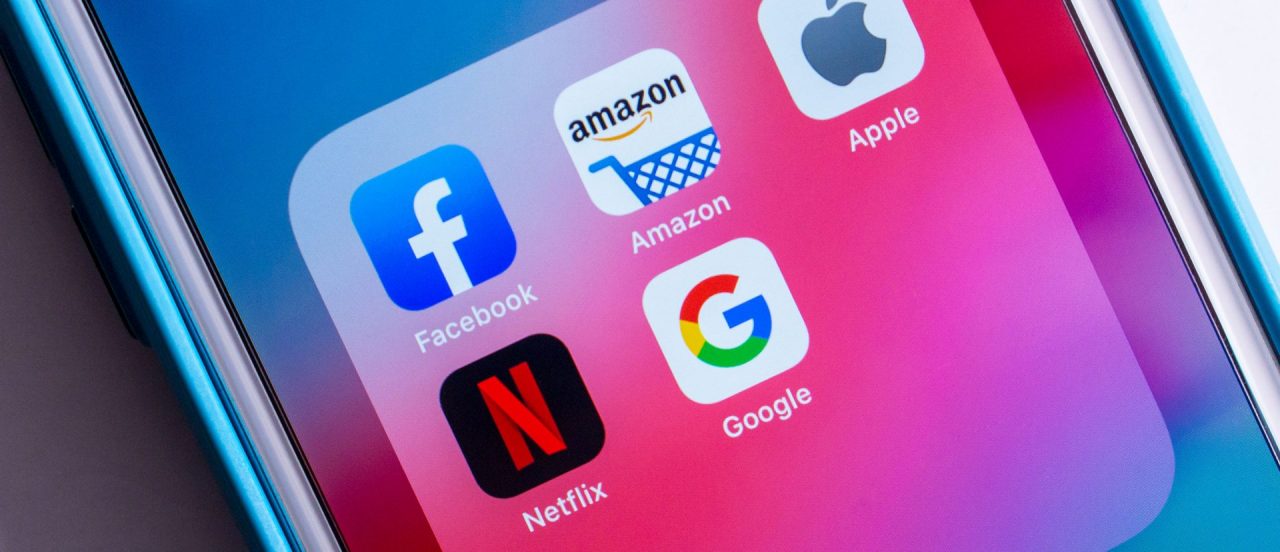The four major internet platforms – Google, Amazon, Apple, and Facebook – have in recent months been subjected to increasing attacks on antitrust grounds. These attacks have been generated by various entities in the federal legislature and by the threat of individual lawsuits, some by one of the platforms against another. The subject of these attacks is the sheer size of the platforms themselves, though it is also alleged that various of the platforms engage in unfair practices that benefit their own products over those of competitors. This essay argues that these antitrust attacks ignore the character of the platforms as network industries. Network industries are different from well-known monopolies because consumers benefit, rather than are harmed, as the network expands. As a consequence, none of the attacks can demonstrate harm to consumers, the overriding standard of interpretation of the antitrust laws.
By George L. Priest1
There is a current effort in the U.S. and abroad to employ the antitrust laws to attack Big Tech firms. “Big Tech” refers to the current four major internet platforms — Google, Amazon, Apple and Facebook. These firms are variously accused of being monopolies and that on that ground should be broken up; of being monopolies illegally acquired by the acquisition of smaller competitors with the demand of divestiture of the previously acquired entities; or of engaging in practices, in particular the preference of their own or relat
...THIS ARTICLE IS NOT AVAILABLE FOR IP ADDRESS 216.73.216.97
Please verify email or join us
to access premium content!

